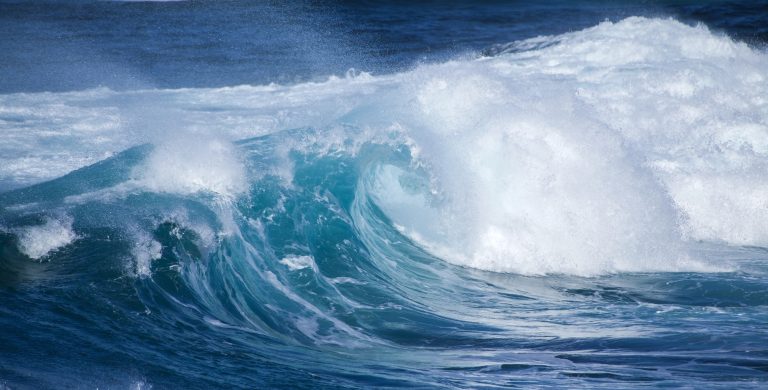What do the late Margot MacDonald and my late mum have in common? They were very different in character and in the bailiwick of their lives. Margot was a larger-than-life Scottish politician. My mother, by contrast was reserved, gentle and family-focused. Born on a tiny island in Shetland called Trondra, just over 1 sq. mile in diameter, she preferred the written word to oration. The limelight was not a place of comfort for her and definitely not one she sought out.
The cord that connects Margot and my mother, and most recently Scottish comedian Billy Connolly, is Parkinson’s disease. Margot campaigned for the right to end her life through euthanasia should the disease become too difficult to bear. A much debated campaign but I respect her view. My mother similarly struggled with the disease in the last 10-15 years of her life. She passed away seven years ago this month (17th April, 2007), age 80.
The many hues of impact
The phenomenon I want to focus on here is impact. It comes in many hues and guises. Margot McDonald made a huge impact in life. Billy Connolly still does, and with flamboyance. My mother did too. Admittedly the reach of her impact was very different; less obvious, but none-the-less hugely significant for those who came under her radar. She had that old fashioned island wisdom that is rare these days. She found it hard to express her emotions in the traditional sense but she would observe and notice. Her gestures (guided by profoundly humanist principles) shouted louder than any words.
A discovery of lasting impact
A few days after she died my brother and I made an astonishing discovery. We found poems that my mother had evidently left in a place where she knew we would find them. One was in her hand writing, although not her own words. The other was a tiny verse cut from a newspaper taped to a sheet of writing paper. The end-stage effects of Parkinson’s meant that even cutting the poem out of the newspaper would have been difficult for her. The poems told us that she knew she would be leaving us soon. The image of her preparing such things made the poems seem all the more poignant.
The poems are not original and not of great literary quality, but the impact of her gesture has been far-reaching. She had chosen the words for her family with true intention. She was preparing us all for the transition that was ahead in a simple yet most profound way. I took enormous comfort from her words and have returned to them often. Such clear-headed wisdom in the face of adversity!
Impact is not always about ‘big’
So, when it comes to making an impact whether as a leader, a good citizen or as a parent, it’s not always about big personalities. Sometimes it’s just about holding steady in the eye of the storm. Admittedly, impact is often only known in hindsight and like beauty and quality, personal impact is in the eyes of the beholder. But how can we understand it better?
I often reflect on my experience at Ashridge on the first GenerationQ programme (Quality Improvement Leadership). One of our first assignments was to uncover and tap into the source of our energy. The faculty wanted us to discover and serve our true purpose.
If you haven’t already, I would encourage you to do something similar. For me, it was the pride I have in my island upbringing – a Viking Heritage, social equity and loving and empowering parents who provided both stability and challenge in equal measure. They were stoic, resilient, proud, independent and deeply humble.
Aligning with your driving force
When you align with the force that drives you and have a passion for what you are doing, then that’s when you create lasting impact. This isn’t to say that you will always experience this sense of alignment. We have to dip in and out of our place of comfort to keep learning, but when you are in tune with your essence… well, it’s like a golden thread. Your founding values become the story of your life.
Equally, I’m not suggesting that the dye is cast and you can’t influence outcomes because you can intervene with deliberate and positive effect. To influence I know I have to seek to understand the people I am with. I have to start where they are at and work back to where we need to be and I need to make the connection personal. Combining technique with the energy that drives us is what makes the difference. The impact can be magical, especially when you add appreciative curiosity into the mix.
I dedicate this post to the memory of my mother (Elsie). Tiny though she was, her impact was immeasurable! ‘You don’t have to be alive to keep teaching if your values were manifest while you lived’.
This post coincides with Parkinson’s Awareness Week 7-13 April 2014
